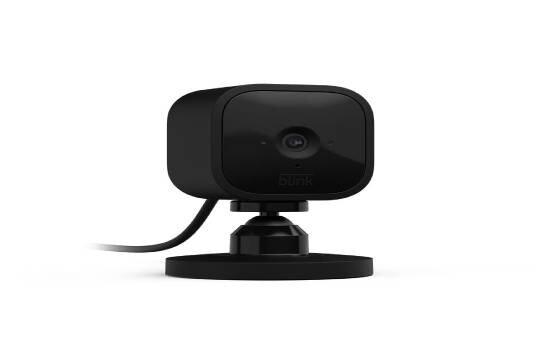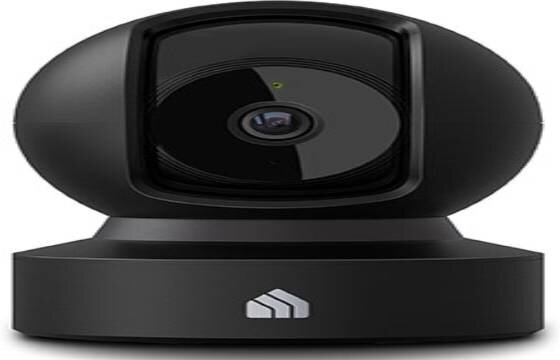Plug-in Security Cameras: Essential Guide to Elevate Home Protection

PHOTO: Amazon
Plug-in security cameras are the backbone of modern home security, blending continuous power with advanced monitoring features. Unlike battery-operated models, these cameras offer 24/7 reliability, making them ideal for tracking entrances, valuables, or high-traffic areas. From crystal-clear HD video to intelligent motion alerts, these devices redefine how we safeguard our homes. Let’s explore the best options and key considerations to choose the perfect plug-in camera for your needs.
Core Components You’ll Need
· Plug-in security camera (indoor/outdoor model)
· Compatible power adapter (check voltage specifications)
· Mounting hardware (bracket, screws, wall anchors)
· Smartphone or tablet for app configuration
· Optional: Cable management tools for tidy installation
How to Select the Right Plug-in Security Camera
1. Determine Placement & Purpose
· Indoor Use: Prioritize wide-angle lenses (130°+ FOV) for living rooms or hallways. Look for cameras with noise-canceling two-way audio to communicate clearly.
· Outdoor Use: Choose weatherproof models (IP65/IP66 rating) with infrared night vision up to 30 feet. Opt for vandal-resistant designs to deter tampering.
2. Video Quality & Features
· Resolution: 1080p is standard, but 2K/4K models capture finer details like license plates or facial features.
· Night Vision: Infrared (IR) sensors enable clear footage in low light. Some advanced models offer color night vision for enhanced clarity.
3. Smart Detection Capabilities
· Motion Sensing: Adjustable sensitivity settings let you focus on key areas. AI-powered cameras can distinguish between humans, animals, and vehicles to reduce false alerts.
· Sound Detection: Receive notifications for unusual noises like breaking glass or alarms, even when not viewing live feed.

Installation Best Practices
Indoor Setup Steps
1. Choose Strategic Placement: Mount 6-8 feet high, angled downward to cover entryways or valuables. Avoid placing near heat sources or direct sunlight.
2. Power Connection: Use surge protectors for multiple cameras. Route cords along baseboards or through cable channels for a tidy look.
3. App Configuration: Connect to Wi-Fi (2.4GHz recommended for stability). Enable motion zones to focus alerts on specific areas like doorsteps or windows.
Outdoor Installation Tips
· Weatherproofing: Seal cable entry points with silicone caulk. Use UV-resistant cable covers to prevent wear from sunlight.
· Testing: Verify night vision range in complete darkness. Walk through the camera’s field of view to ensure motion triggers work reliably.
Maximizing Camera Performance
· Storage Management: Opt for hybrid storage (local + cloud) to balance privacy and accessibility. Schedule periodic backups of microSD cards.
· Firmware Updates: Regularly update the camera’s software to patch security vulnerabilities and unlock new features.
· Lighting Optimization: Position cameras away from bright lights (like porch lamps) to avoid overexposure. Use ambient lighting to enhance daytime video quality.
Common FAQs About Plug-in Security Cameras
Q: Can plug-in cameras work during power outages?
A: Most require continuous power, but some models include backup batteries (3-4 hours of runtime) to capture footage during brief outages.
Q: Are plug-in cameras difficult to install?
A: No—most come with DIY mounting kits. Indoor setups take 10-15 minutes; outdoor installations may require basic tools for weatherproofing.
Q: Do these cameras require a subscription?
A: Basic features like live viewing are often free, but advanced functions (cloud storage, AI detection) may require a monthly plan.
Final Thoughts
Investing in a plug-in security camera is a straightforward way to enhance home safety. Whether you prioritize high-resolution video, weather resistance, or smart detection, the right model can provide peace of mind and actionable alerts. Remember to assess your specific needs, prioritize video quality and storage options, and follow installation best practices for optimal performance. With the right plug-in camera, you’ll transform your home into a more secure, monitored space—no technical expertise required.

